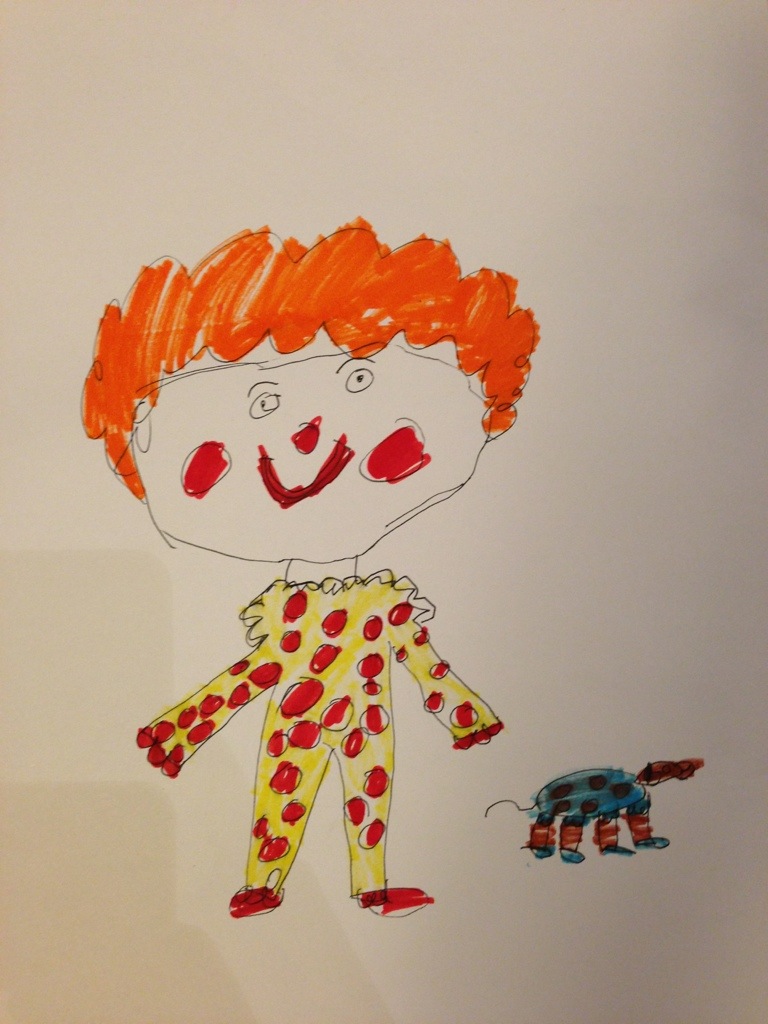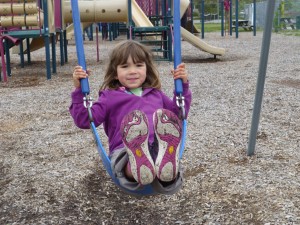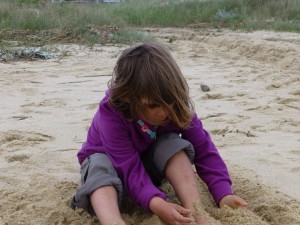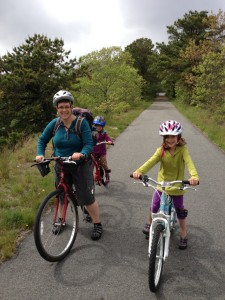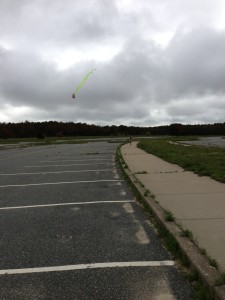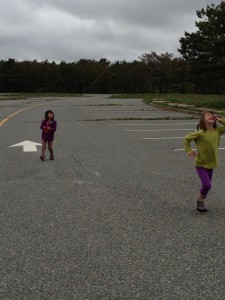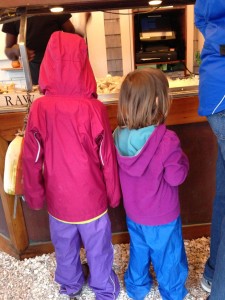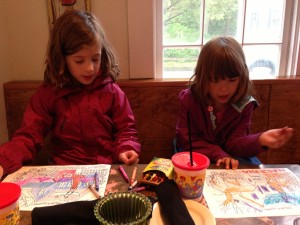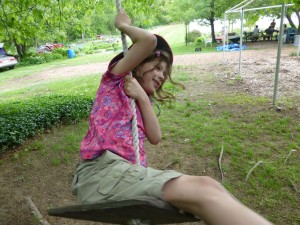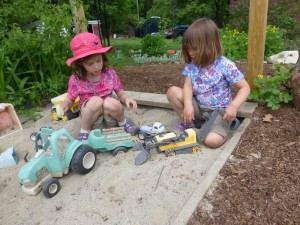This is my final post in my daily streak in May to raise awareness about pediatric stroke and to raise funds for Children’s Hemiplegia and Stroke Association. As of now, with MathWorks anticipated match, I have raised $4470. I’ve been blown away by the generosity of friends, coworkers, and family members. I’ll still accept donations through Monday. It’s within reach that we’ll get to $5000. Thanks to all who have helped and if you haven’t yet, please donate if you are able to do so.
In March and April, I became intrigued about doing a streak for pediatric stroke. I was reading posts about other parents of stroke survivors as they announced their streaks and I knew that I had a lot to say and if I were to do a streak (31 days in a row of something), it’d be through blogging. I had notions of sharing 31 vignettes of Mia’s struggles and triumphs. I made lists of possible topics. I decided to do it. Then, I decided not to do it. The Boston Marathon tragedy shook me profoundly and delayed my plans to set up my blog in April. Zoe was having nightmares about the limited bits of news that she had heard from me and at school. And then May arrived and I started to dabble in streaking for pediatric stroke by posting tidbits on my personal Facebook page. I wanted to share more and so I dove in and have written nightly on this blog ever since.
The main cost has been lost sleep since I mostly write after the girls are in bed which often is not until 9 pm, sometimes later. My girls seem to do fine on 10 hours a night which doesn’t leave me much time to myself in the evening. Sleep is a big deal around here. If I get enough, I’m much more patient, able to parent in the ways I intend, and able to weather the inevitable storms that arise with young children. I’m constantly juggling a lot, too much really. With enough sleep, I make better choices, enjoy my girls more, and am more productive at work.
It’s been worth it to lose some sleep over this project though as there have been many benefits. I’ll summarize some of them here to wrap up this month of blogging every day to streak for Mia and pediatric stroke awareness.
Perspective
My perspective has shifted. Mia will turn four in June. So, for the whole month, I have have been reflecting on the past four years in an integrative and new way that is different from the day-to-day thoughts that come and go. This month, she has mastered riding her bike and learned to do the monkey bars, and because I was blogging, I had the opportunity to share those milestones in the full context of how remarkable they seem to me, given all the fear and uncertainty I carried through her early months and years. The more that Mia is able to do, the easier it gets to accept, acknowledge and embrace the whole story which includes both the joys and the challenges.
Writing
I love writing. That may be obvious. It’s been a longstanding hobby and coping mechanism. I keep lists and records of everything and use writing to make sense of my life and my experiences. I’ve had an itch for some time to write for a broader audience. Last Thursday, I finished my six-week writing course in creative nonfiction at Grub Street in Boston. Getting feedback through that writing class and from my blog readers has been a great boost to my confidence and only makes me want to do more. The daily pace is not sustainable so I aim to shift to something closer to posting once a week. I also plan to take advantage of some writing opportunities that arose from this streak. Specifically, I’ve been invited to guest blog on the Children’s Hemiplegia and Stroke Association site, chasa.org. Also, Dr. Karen Pape wants to point other parents to my blog and to feature excerpts from my Monkey Mia post on hers. And, I plan to edit one of my essays to submit to a magazine for publication. I have grander ideas too but it feels really good to be taking these baby steps and getting positive feedback along the way. That will help me to keep making time for writing which feeds my soul. Writing is something I do for myself, time I carve out when I am not caring for my children or working my day job.
Stroke Awareness
Over the past four years, I have learned a great deal about parenting a stroke survivor. I have muddled through parenting decisions for both Zoe and Mia, and I know a lot about what has worked for us. I care most passionately about making sure that my two girls have the best start in life that they can. And, it feels really good to realize that some of what I’ve figured out is helpful and inspiring to others. Having an opportunity to share more of what I have learned with the community of families that seek support through Children’s Hemiplegia and Stroke Association feels important and meaningful. Carving out time for this is my elusive challenge.
Connection
Perhaps the most meaningful aspect of blogging daily through the month of May has been the human connections that I have elicited. As people have read and been moved by our story, they have reached out to tell me that, in person, by e-mail, through comments, and through donations more generous than I would have imagined. More than one coworker has said that they had no idea what was going on behind the scenes of my life. By sharing some of my vulnerable moments out here in public on this blog, I’ve made it okay to talk about things that are often not discussed. The resulting conversations are deeper, more meaningful, and as a result it feels like my village is growing both virtually online and in real life. Thanks for reading.
Zoe drew this picture tonight and asked me to share it with you. It’s a clown and a dog. I am not sure how this clown connects to anything I wrote tonight. Let me know if you figure it out. In the meantime, enjoy the picture!

